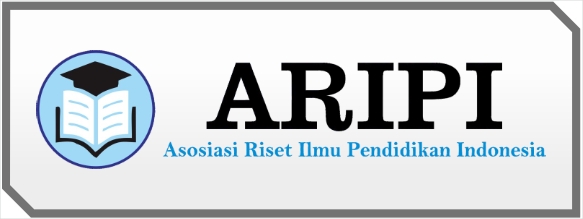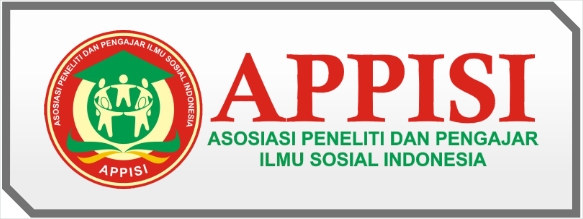Pemberdayaan Remaja Jalanan Melalui Program Peta Jalan Pulang Keluarga Untuk Meningkatkan Kemandirian di Pondok Tasawuf Underground Tangerang Selatan
DOI:
https://doi.org/10.59581/jipsoshum-widyakarya.v2i3.3357Keywords:
Empowerment, Street teenagers, IndependenceAbstract
The reasons why adolescents fall into the streets vary depending on the individual, with each individual having different problems and needs. Street youth usually earn their income by working on the street from multiple locations, which worsens their situation by creating a negative stigma from the community and uncertainty about their future. Therefore, their empowerment is necessary. The purpose of this research is to achieve an understanding of the roles, stages of the process, as well as the results achieved in the context of empowerment efforts through the Family Return Roadmap program. This research applies a descriptive qualitative approach. The data collection process was conducted through interviews, observation, and documentation. Purposive sampling technique was used to determine relevant informants. The research was conducted at Pondok Tasawuf Underground located in Ciputat Shophouse Complex. The results showed that the empowerment role of Pondok Tasawuf Underground aims to create change for street youth. To achieve this goal, they are given a program that focuses on economic and social aspects, called the Family Return Roadmap, and are supported by adequate facilities to support the implementation of the program. In the stages of the empowerment process, there is a process of forming behavioral awareness, transforming knowledge, and developing intellectual skills. The results of the program implemented in Family Return Roadmap have a positive impact on the economic and social independence of street youth after they participate in the program.
References
Ambar, T. S. (2004). Kemitraan dan model-model pemberdayaan. Yogyakarta: Gava Media.
Astri, H. (2014). Kehidupan anak jalanan di Indonesia: Faktor penyebab, tatanan hidup, dan kerentanan berperilaku menyimpang. Jurnal ABC, 5(2), 145-155.
Direktorat Bina Pelayanan Jiwa Departemen Kesehatan. (2007). Buku pedoman pendampingan psikologi anak jalanan. Jakarta: Departemen Kesehatan RI.
Manalu, H. S., & Wibowo, D. H. (n.d.). Konsep diri dan kenakalan remaja pada anak jalanan. Jurnal DEF, 52-60.
Mawaddah, D. (2019). Pemberdayaan anak jalanan melalui pengolahan limbah kertas di Yayasan Nara Kreatif. (Skripsi). Universitas Islam Negeri Syarif Hidayatullah Jakarta.
Mugianti, S., Winarni, S., & Pangestuti, W. D. (2018). Faktor penyebab remaja menjadi anak jalanan. Jurnal XYZ, 7(1), 25-31.
Najla. (2022). Program santri terampil untuk meningkatkan kemandirian ekonomi santri putri dhuafa di Rumah Qur'an Al-Husna Kota Bekasi. (Skripsi). Universitas Islam Negeri Syarif Hidayatullah Jakarta.
Prasetianingrum, Y. (2022). Pemberdayaan ekonomi kreatif pemuda Karang Taruna dalam menciptakan kemandirian ekonomi melalui pemanfaatan pakaian bekas di Desa Jomblang Kecamatan Takeran Kabupaten Magetan. (Skripsi). Universitas Islam Negeri Sunan Ampel Surabaya.
Suharto, E. (2005). Membangun masyarakat memberdayakan rakyat. Bandung: Refika Aditama.
Downloads
Published
How to Cite
Issue
Section
License
Copyright (c) 2024 Jurnal Insan Pendidikan dan Sosial Humaniora

This work is licensed under a Creative Commons Attribution-ShareAlike 4.0 International License.














